On February 27, specialist doctor Nguyen Phuong Trang, Department of Neurology, Center for Neuroscience , Tam Anh General Hospital, Ho Chi Minh City, said that Mr. N. was admitted to the hospital with high blood pressure of 180/100 mmHg, difficulty speaking, and numbness and weakness on the right side of his body.
Taking a medical history, his family said that Mr. N. had suffered from high blood pressure for many years. A week before, because he had to take additional medication to treat acute bronchitis, he stopped taking his blood pressure medication on his own. While lying down watching TV at home, the patient suddenly showed symptoms of a stroke and was taken by his family straight to Tam Anh General Hospital in Ho Chi Minh City for emergency treatment.
Immediately, the hospital activated the emergency order "Code stroke" specifically for stroke emergency, connecting emergency departments, neurology, diagnostic imaging... At the same time, priority was given to opening a separate path for stroke patients.
The results of the 768-slice CT scan of the brain showed no evidence of intracerebral hemorrhage. To maximize the "golden time" to help the patient restore cerebral blood flow as soon as possible, the doctor prescribed intravenous thrombolytic drugs and contrast agents to prepare for a CT scan of the cerebral blood vessels and in-depth assessment of large blood vessels.
The results of CT scan of the brain with contrast agent ruled out the risk of injury, there was a blood clot in the large blood vessel in the brain so the doctor did not indicate endovascular intervention.
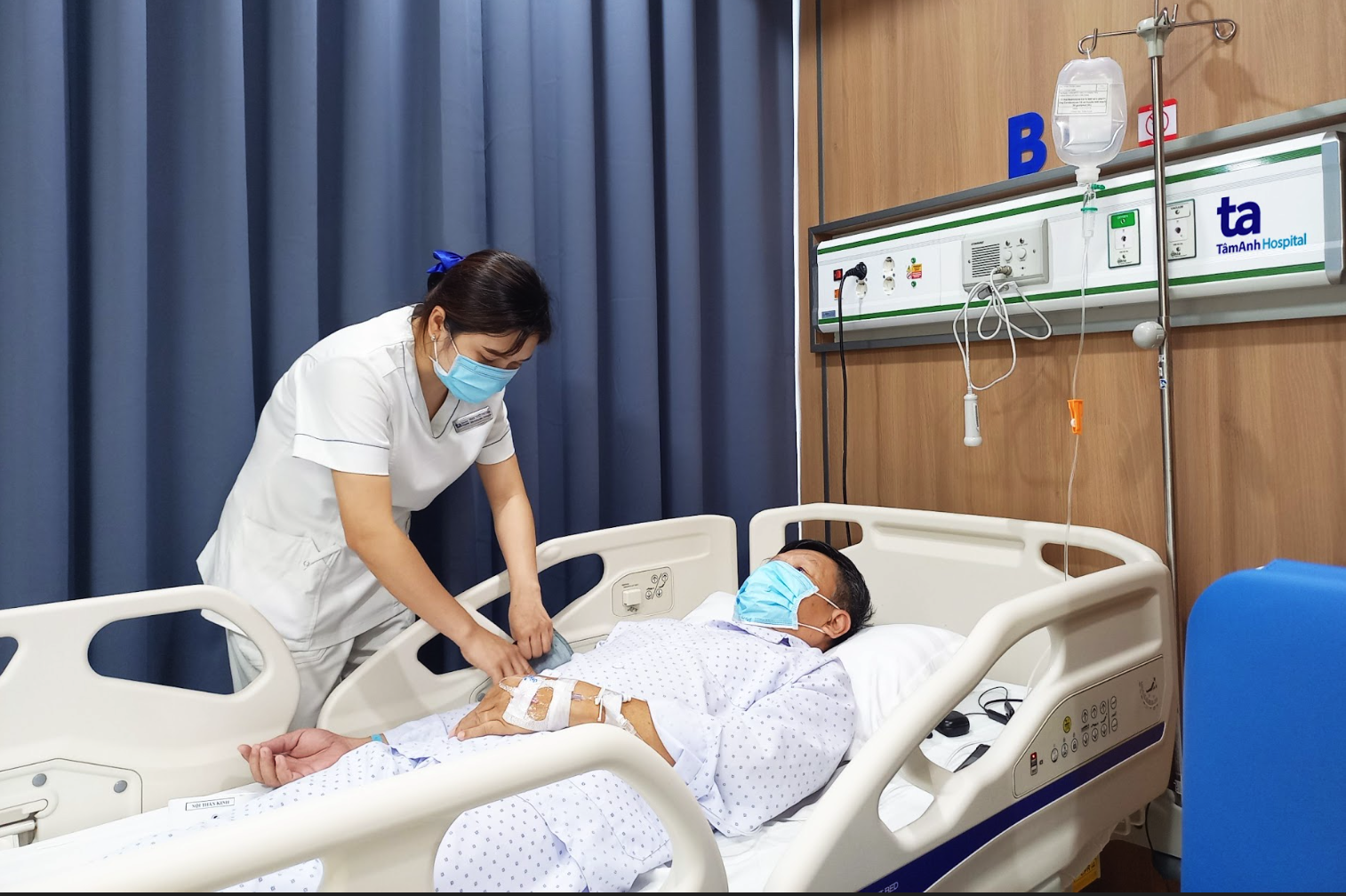
Patients in recovery after emergency stroke treatment
Dr. Trang assessed Mr. N.'s stroke condition according to the NIHSS scale (reflecting the severity of acute stroke based on the patient's clinical signs) at 7/24 points. With this score, the patient's brain damage was not too severe. The higher the score, the more severe the brain damage.
One hour later, the patient's health gradually improved, blood pressure improved to 150/90 mmHg, and clinical symptoms began to recover. The NIHSS score decreased to 4/24 points.
The results of 3 Tesla MRI scan re-examined 24 hours after using thrombolytic drugs showed that the brain lesion was a small nodule, without hemorrhage and no new lesions or signs of spreading.
After 3 days of treatment, Mr. N.'s health recovered well, his blood pressure was stable, his mouth was no longer crooked, he could talk and eat normally. His NIHSS score continued to decrease to 2/24 due to numbness and slight weakness in his right arm and leg.
Dr. Trang said that after being discharged from the hospital, patients need to continue to do light exercises at home according to instructions to support the process of recovering from a stroke. Patients need to continue taking medication to prevent the risk of stroke recurrence and stabilize blood pressure.
Source link



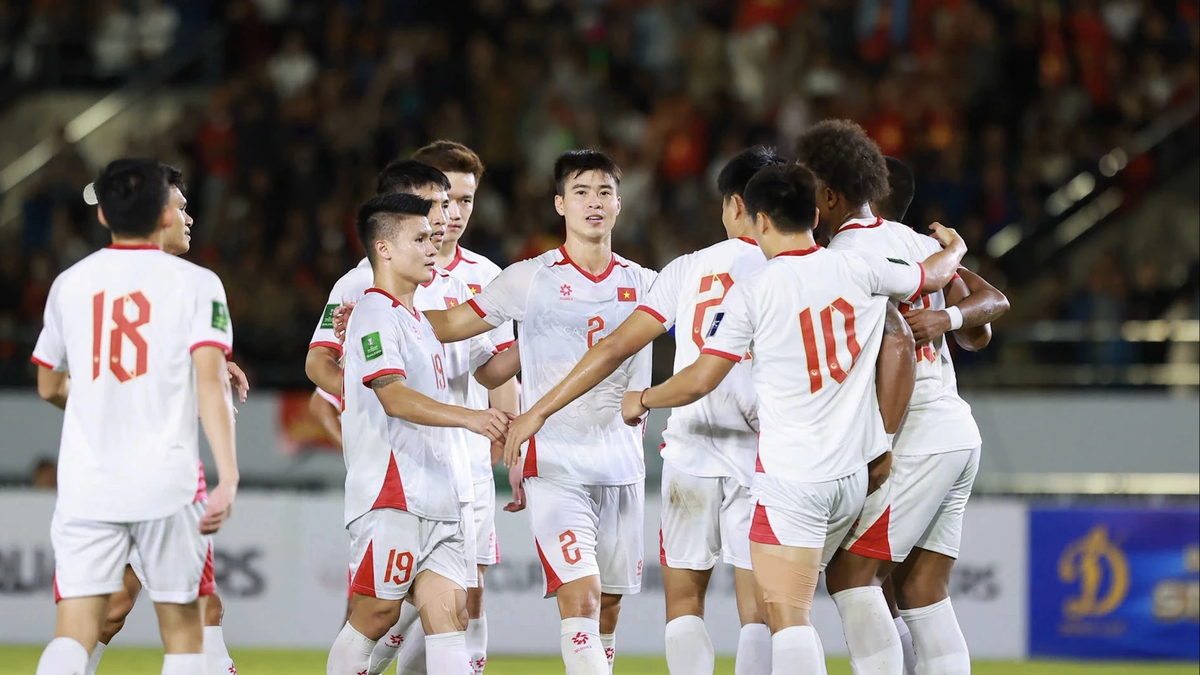
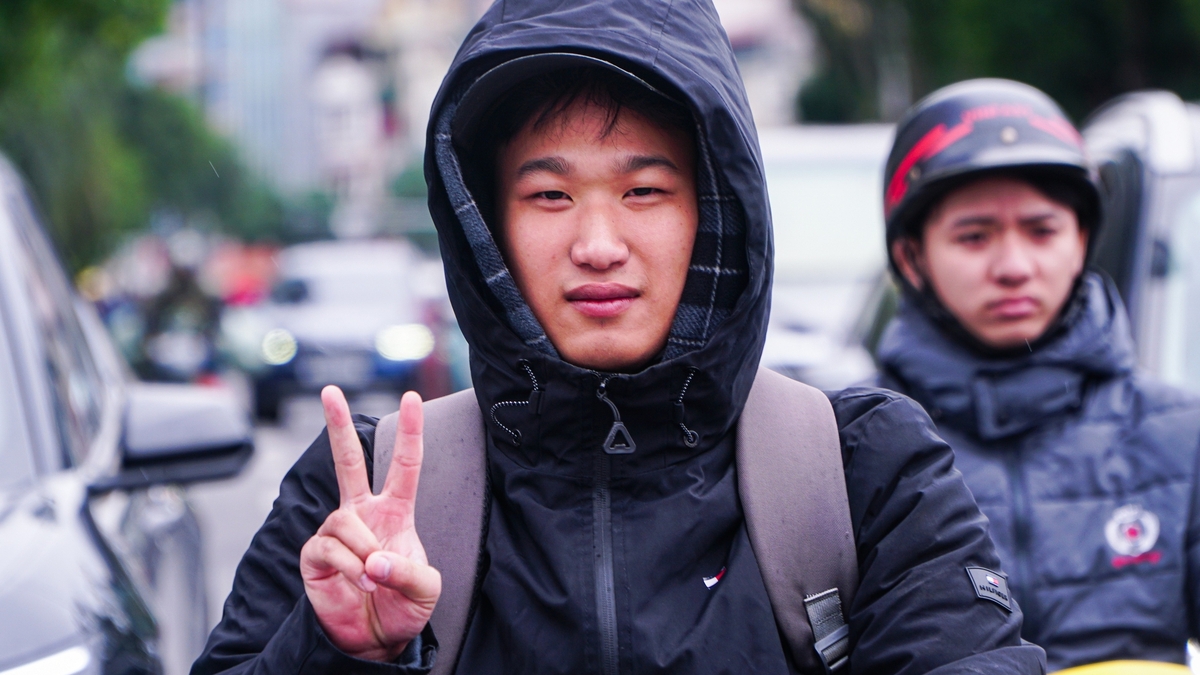

![[Photo] The Standing Committee of the Organizing Subcommittee serving the 14th National Party Congress meets on information and propaganda work for the Congress.](https://vphoto.vietnam.vn/thumb/1200x675/vietnam/resource/IMAGE/2025/11/19/1763531906775_tieu-ban-phuc-vu-dh-19-11-9302-614-jpg.webp)
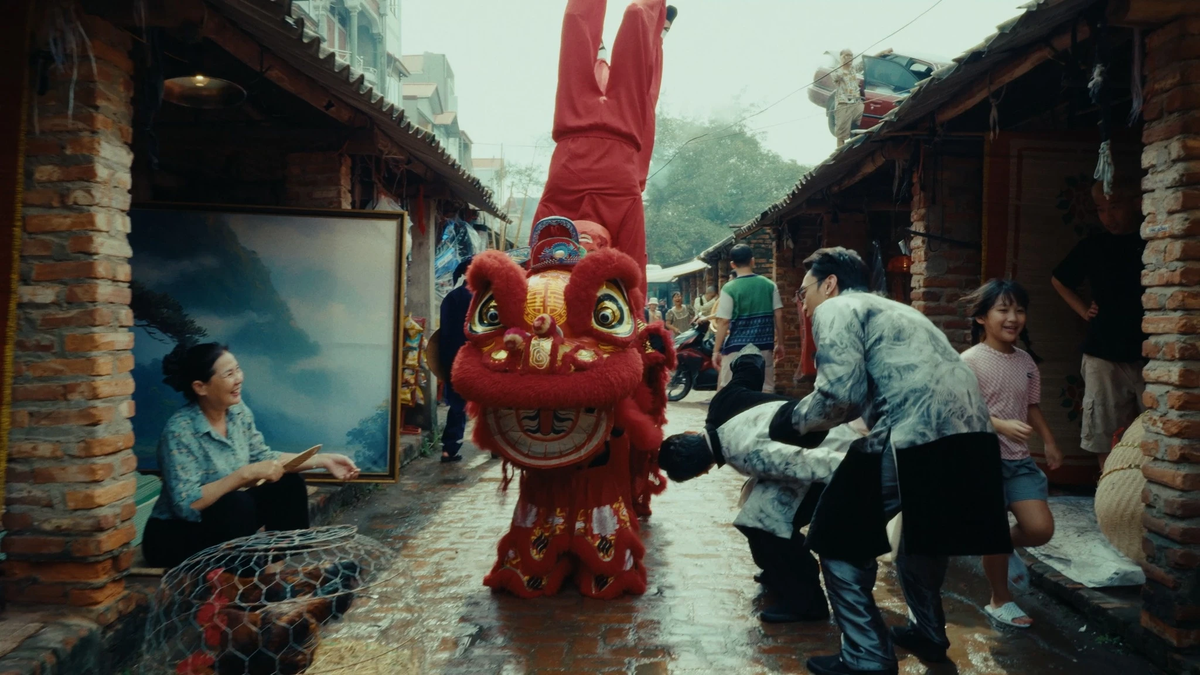
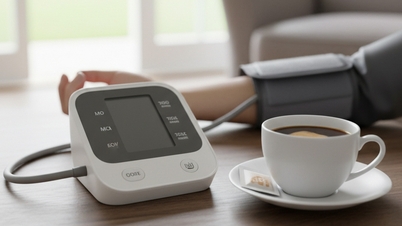





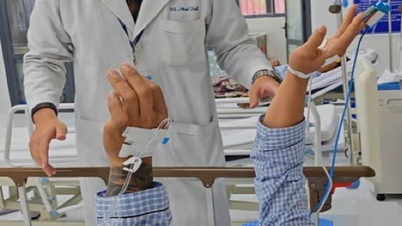




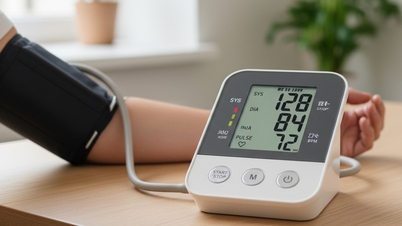
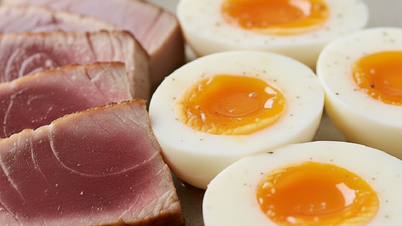

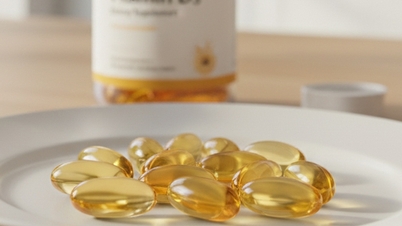





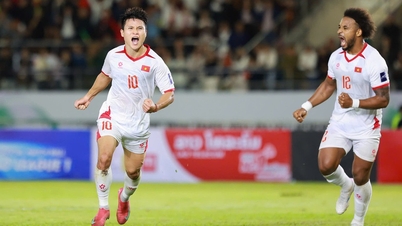
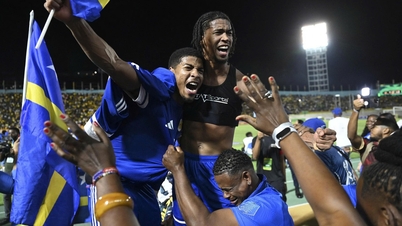

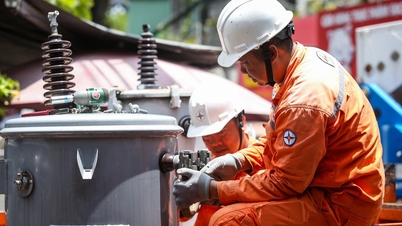
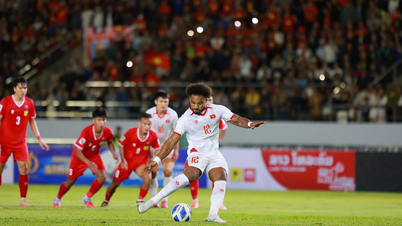
![[Photo] Prime Minister Pham Minh Chinh and his wife meet the Vietnamese community in Algeria](https://vphoto.vietnam.vn/thumb/1200x675/vietnam/resource/IMAGE/2025/11/19/1763510299099_1763510015166-jpg.webp)
![[Photo] General Secretary To Lam receives Slovakian Deputy Prime Minister and Minister of Defense Robert Kalinak](https://vphoto.vietnam.vn/thumb/1200x675/vietnam/resource/IMAGE/2025/11/18/1763467091441_a1-bnd-8261-6981-jpg.webp)












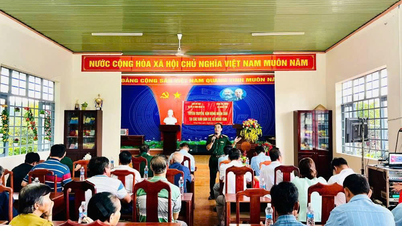





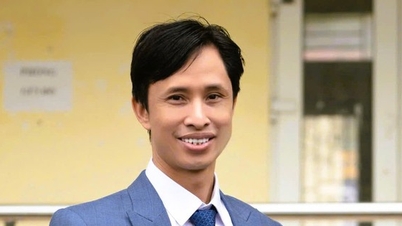

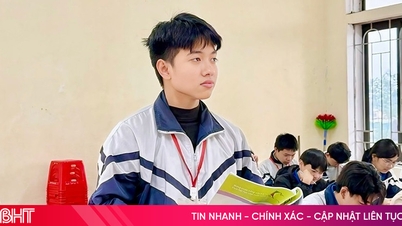


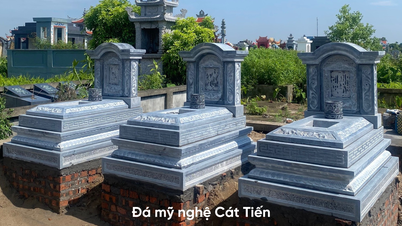

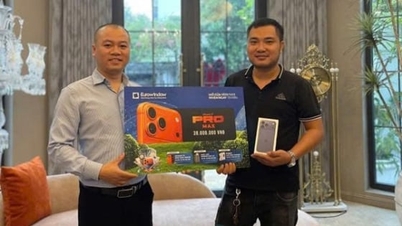

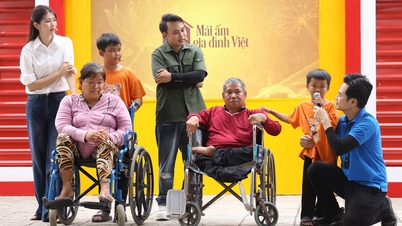
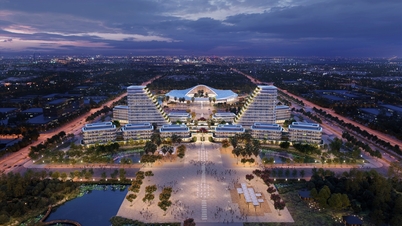







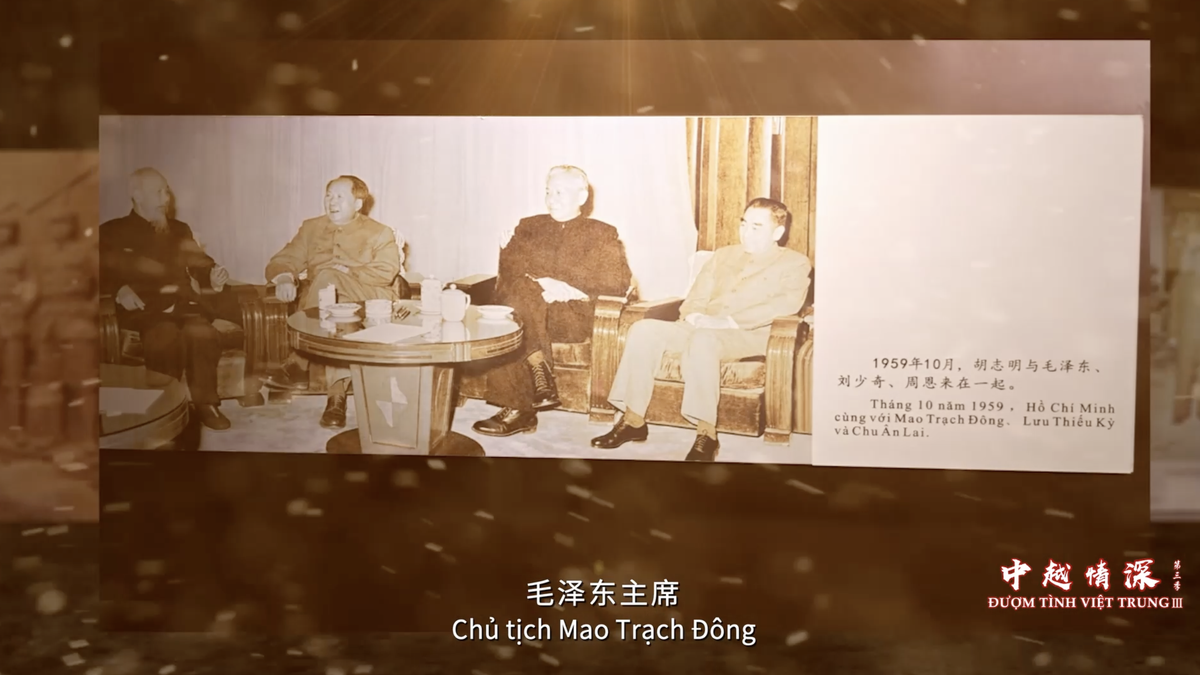
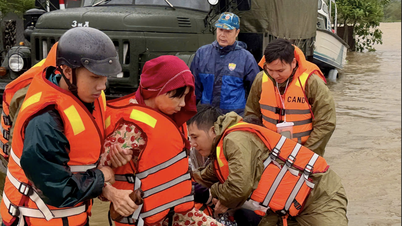














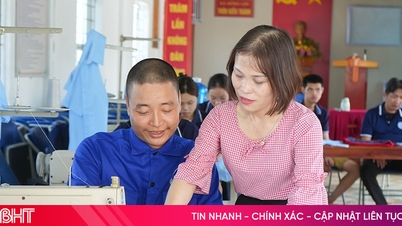
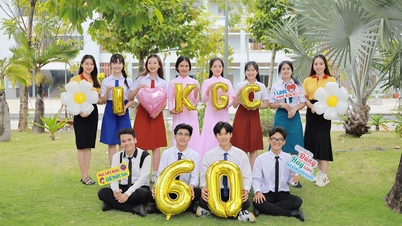

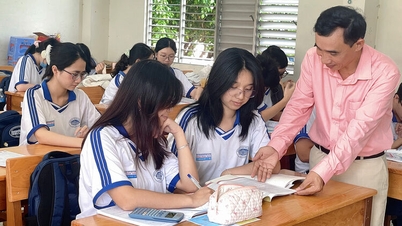

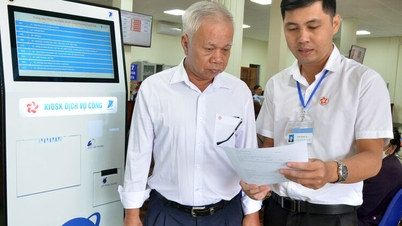
















Comment (0)